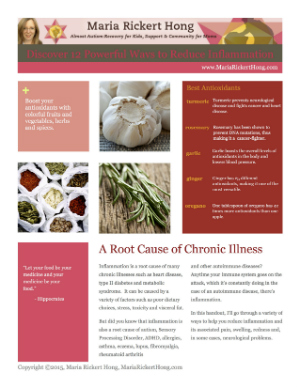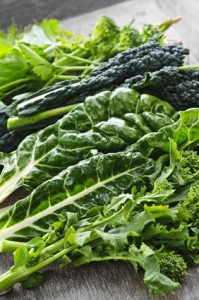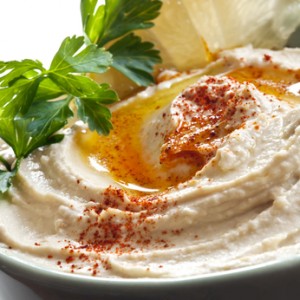 Try this garlicky Paleo hummus as an appetizer, side dish or even as a dressing.
Try this garlicky Paleo hummus as an appetizer, side dish or even as a dressing.
Chickpeas and other legumes are not legal in the Paleo diet, but that doesn’t mean you need to give up having hummus.
I’ve substituted pine nuts and zucchini for chickpeas, so you get an extra serving of vegetables as a bonus!
Serves: 4
Prep time: 5 minutes
Ingredients
- 1/4 cup pine nuts (soaked overnight and drained)
- 1/3 cup tahini
- 1 medium zucchini
- 1 large lemon (freshly squeezed)
- 1 clove garlic (minced)
- 1/4 teaspoon sea salt
Directions
Place all ingredients in a food processor or blender and blend until smooth.
See Also
Sign up for my best gluten-free, dairy-free recipes below:
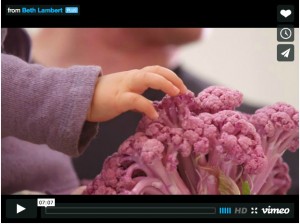
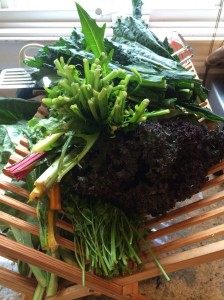

 Now, you might think it strange that I’m writing a book review for “The Diet Cure” by Julia Ross. While I am a health coach, I don’t specialize in weight loss. Instead, I specialize in helping people recover from symptoms of chronic neurological and/or autoimmune issues like autism, ADHD, allergies, asthma, SPD, lupus, fibromyalgia, Lyme and more.
Now, you might think it strange that I’m writing a book review for “The Diet Cure” by Julia Ross. While I am a health coach, I don’t specialize in weight loss. Instead, I specialize in helping people recover from symptoms of chronic neurological and/or autoimmune issues like autism, ADHD, allergies, asthma, SPD, lupus, fibromyalgia, Lyme and more.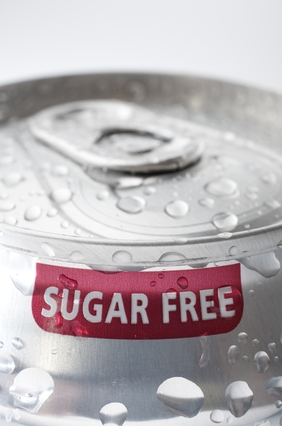 I saw another pleasant surprise in today’s Wall Street Journal: sales of diet sodas fell for the ninth straight year because more consumers are increasingly becoming wary of aspartame, the artificial sweetener used in diet sodas “despite decades of studies by the Food and Drug Administration and other government agencies”.
I saw another pleasant surprise in today’s Wall Street Journal: sales of diet sodas fell for the ninth straight year because more consumers are increasingly becoming wary of aspartame, the artificial sweetener used in diet sodas “despite decades of studies by the Food and Drug Administration and other government agencies”. I was pleasantly surprised to see an article in the Wall Street Journal: “A Delicious Prescription: Chefs and Doctors Are Teaming Up to Create Health Food You Might Actually Crave.”
I was pleasantly surprised to see an article in the Wall Street Journal: “A Delicious Prescription: Chefs and Doctors Are Teaming Up to Create Health Food You Might Actually Crave.”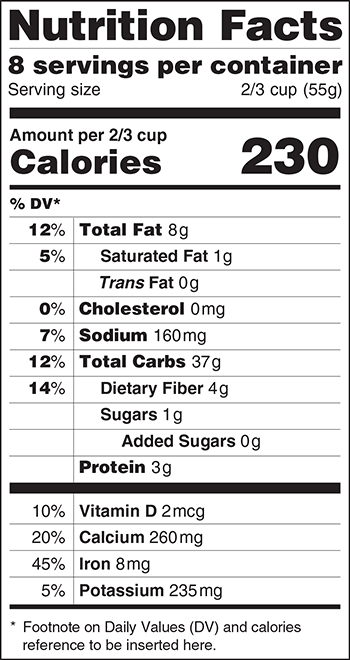 The Food and Drug Administration (FDA) has just announced proposed changes to the nutrition label. Overall, I think these changes might make a positive and meaningful difference to our country’s health, at least to those who pay attention to food labels. Here’s a breakdown of what I think are the positive changes:
The Food and Drug Administration (FDA) has just announced proposed changes to the nutrition label. Overall, I think these changes might make a positive and meaningful difference to our country’s health, at least to those who pay attention to food labels. Here’s a breakdown of what I think are the positive changes: